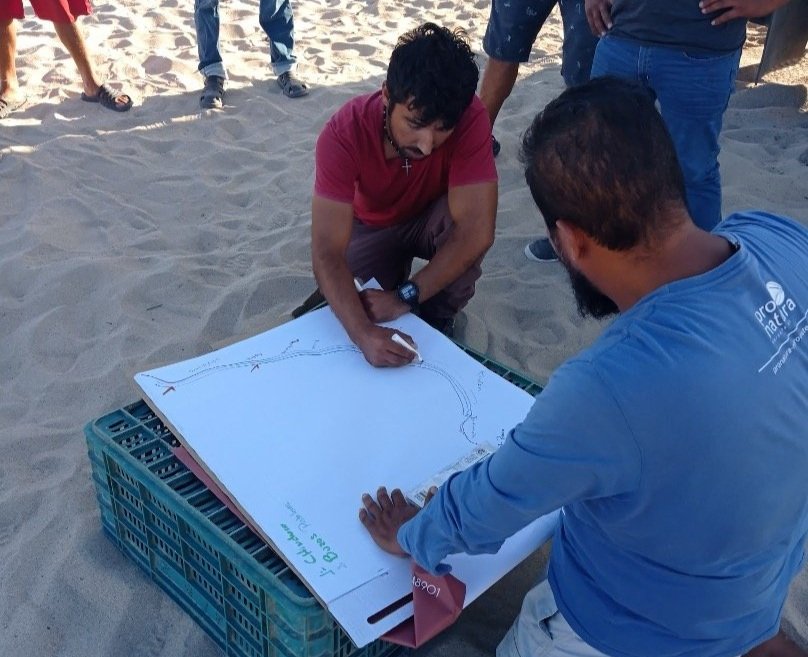Boca Del Alamo Community and Resource Restoration Initiative
In line with LegacyWorks' characteristic "spiral" model, the initiative in Boca del Álamo draws on the lessons learned from the Cabo Pulmo case, a key experience in the region. Over 20 years ago, the community of Cabo Pulmo, Baja California Sur, led the creation of a marine national park and a no-fishing zone, becoming a globally recognized model for its success in marine biodiversity conservation.
However, the Cabo Pulmo model alone cannot restore all coastal resources of the region nor meet the needs of the hundreds of traditional fishing families in Cabo del Este.
Unlike the approach in Cabo Pulmo, the community of Boca del Álamo (BDA) has chosen a more collaborative and sustainable strategy. The community of Boca del Álamo believes that to care for and protect, prohibition is not always necessary. Drawing on a deep understanding of their environment, they have adopted solutions that protect natural resources without compromising economic activity, particularly fishing, which is a core part of their identity. One example is the implementation of partial fishing refuges, which contribute both to the restoration of marine ecosystems and the promotion of sustainable fishing. This model is based on selective, low-impact fishing practices, such as using lines and hooks, ensuring a balanced and healthy fishery.
LegacyWorks has been invited by the community of Boca del Álamo to join this collaborative effort, exploring strategies that integrate the conservation of land and marine resources with social and economic development. We are currently working on creating an inventory of land, aquatic, social, and economic resources that will serve as a foundation for sustainable management and long-term planning, with the goal of achieving community self-management.
Our commitment is to ensure that the community of Boca del Álamo is fully engaged and equipped to lead conservation initiatives that generate tangible social and economic benefits. As the community members themselves say: "To care for and protect, prohibition is not always necessary."




